As many of you know, General Conference 2019 was a challenging meeting of the United Methodist Church. Many people were unhappy with the outcome, especially here in the United States. People were hoping for change, but instead the decision was to keep traditional language that excludes homosexuals from being ordained. Some of my friends are talking about leaving the denomination. I found the decision frustrating and disappointing. This week, while I was picking up trash along the road at Fort Frederica, I found the perfect metaphor for how I am feeling about the United Methodist Church in the Wesley Oak.
The Wesley Oak is a historical marker placed next to a live oak tree that is probably about 250 years old. Although it is very old, that oak tree was not alive when John and Charles Wesley served as pastors on St. Simons Island. The historical marker was erected in 1958 and reads:
Not far from this spot stood the “great tree” under which Charles Wesley had prayers and preached, March 14, 1736, the first Sunday after his arrival. There were about twenty people present, among whom was Mr. Oglethorpe. A year later, Georgia Whitfield, appointed by the Bishop of London to serve as Deacon at Savannah and Frederica, wrote in his Journal (August 8, 1737): “In the evening we had publick Prayers, and expounding of the second Lesson under a large tree, and many more present than could be expected.” A wooden Cross made from a tree long designated as the Wesley Oak hangs on the wall of Christ Church near the pulpit.
Note the historical marker does not state that the tree next to it is the “great tree” under which Charles preached. But we still have visitors that come in to Fort Frederica all the time and tell us they saw the tree under which the Wesleys preached. So I call the tree next to the historical marker the Wesley Oak.
The Wesley Oak is very old and it is a wreck of a tree. As you walk around it, you can see the places where it has been injured by lightning and pecked full of holes by woodpeckers. But the tree is also full of life. Resurrection ferns grace all the branches and Spanish moss hangs down and blows gracefully in the wind. The spreading canopy continues to shade and shelter birds, squirrels, and the people who stand under it.
The burls and scars around the trunk give the tree character. Burls are formed when the tree undergoes some kind of stress: an injury, virus, or fungus. One particularly large burl on the Wesley Oak is almost obscured by moss. As the strong roots of the tree spread out, they crack the concrete and asphalt around it.
I see in this tree my United Methodist denomination. From one angle you can look at it and think what a mess it is or how it is dying, rotting from the inside out. From another angle it is still full of life. It isn’t neat or tidy or straight, but people are being nurtured and growing in faith. It provides a shelter and a home: it is still a place of God’s love.
What do you see when you look at your church? There are always places of hurt and scars from injuries. But look closer. Where are the signs of life and love? May God make all our churches places that grow in the love of God every day.

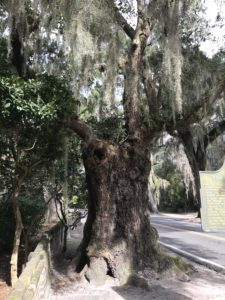
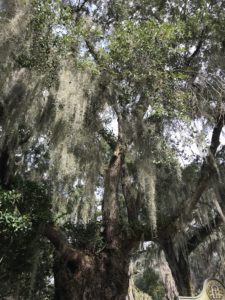
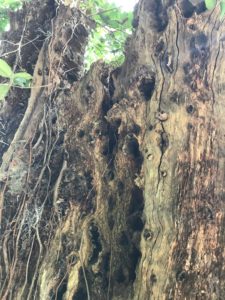
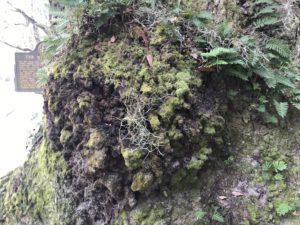
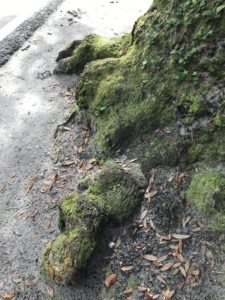
This is such a good parallel…a sign of our times with some of each – the hurts are present, but there is also plenty of love. We need to all stay focused on growing in His love with all people as our main direction.
Growing in love in unity with Christ is a good goal. Because unity with others is very difficult.